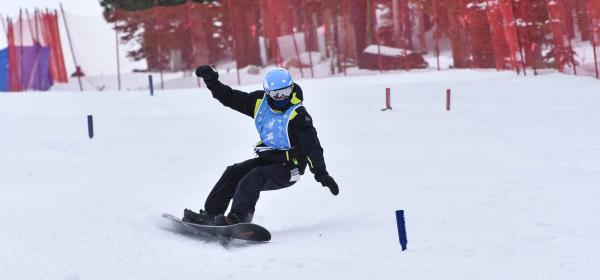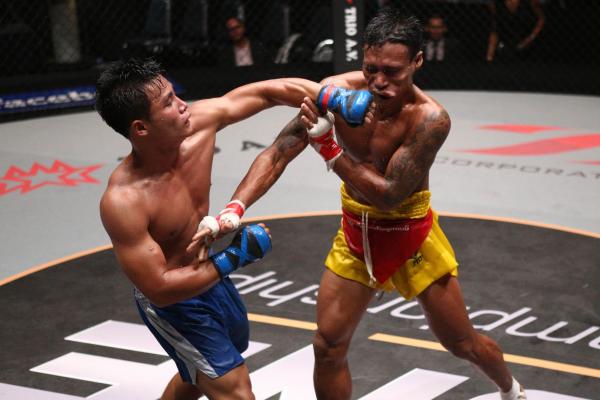Freestyle Skiing

Freestyle skiing, winter sport that combines skiing and acrobatics. The sport has experimented with a range of events, but there are two that have been constant through the course of the sport’s international competition: aerials and moguls. Somersaults and other tricks were exhibited before 1914 and became popular meet additions in the early 1920s. Such stunts performed in the air (now called aerials) were developed in the 1950s, especially by Olympic gold medalist Stein Eriksen. Currently there are two varieties: upright and inverted. Flips or any movements where a competitor’s feet are higher than his head are not allowed in upright competition. Instead, the skier performs such jumps as the daffy (one ski extended forward, the other backward) or the spread eagle. In inverted competition contestants execute flips and somersaults, often reaching heights of 12.2 to 15.2 metres (40 to 50 feet). The skiers build up speed on the inrun, which leads to various ramps and a landing hill with an incline of 34°–39° and a length of 30 metres (100 feet). Based on the degree of difficulty, the routine is scored on form and technique (50 percent), takeoff and height (20 percent), and landing (30 percent). Mogul skiing arose soon after aerials in an effort to navigate the large bumps, called moguls, on many ski slopes. Competing on a steep (22°–32°), 200- to 270-metre (660- to 890-foot) course, the skier is scored on speed, turn techniques, and two mandatory upright jumps. One of the first freestyle events was acro, also known as ballet, which was invented in the early 1930s in Europe. Utilizing moves from figure skating and gymnastics, the acro skier performed a 90-second routine set to music in which jumps, pole flips, and spins were executed while skiing on a gently sloping hill. By the 21st century acro had given way to the more-dramatic half-pipe and ski-cross competitions that were derived from snowboard events. Freestyle skiing flourished on American slopes in the 1950s and ’60s as “hot dog” skiers performed increasingly daring moves. Widespread popularity quickly established it as a serious sport. In 1980 a World Cup tour was founded, and in 1980–81 the International Ski Federation (FIS) recognized freestyle skiing as an official sport. After an appearance at the 1988 Games in Calgary, Alberta, Canada, as a demonstration discipline, freestyle skiing was approved for Olympic competition. Mogul skiing debuted at the 1992 Games in Albertville, France, and aerials events were added to the 1994 Olympics in Lillehammer, Norway. Ski half-pipe and slopestyle (wherein skiers race down a course laden with jumps and rails, off of which they do tricks that are judged for points) were added to the schedule for the 2014 Olympic Winter Games in Sochi, Russia.













